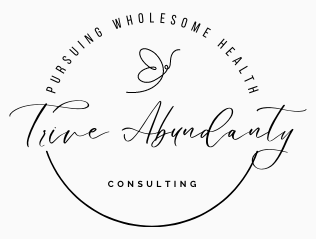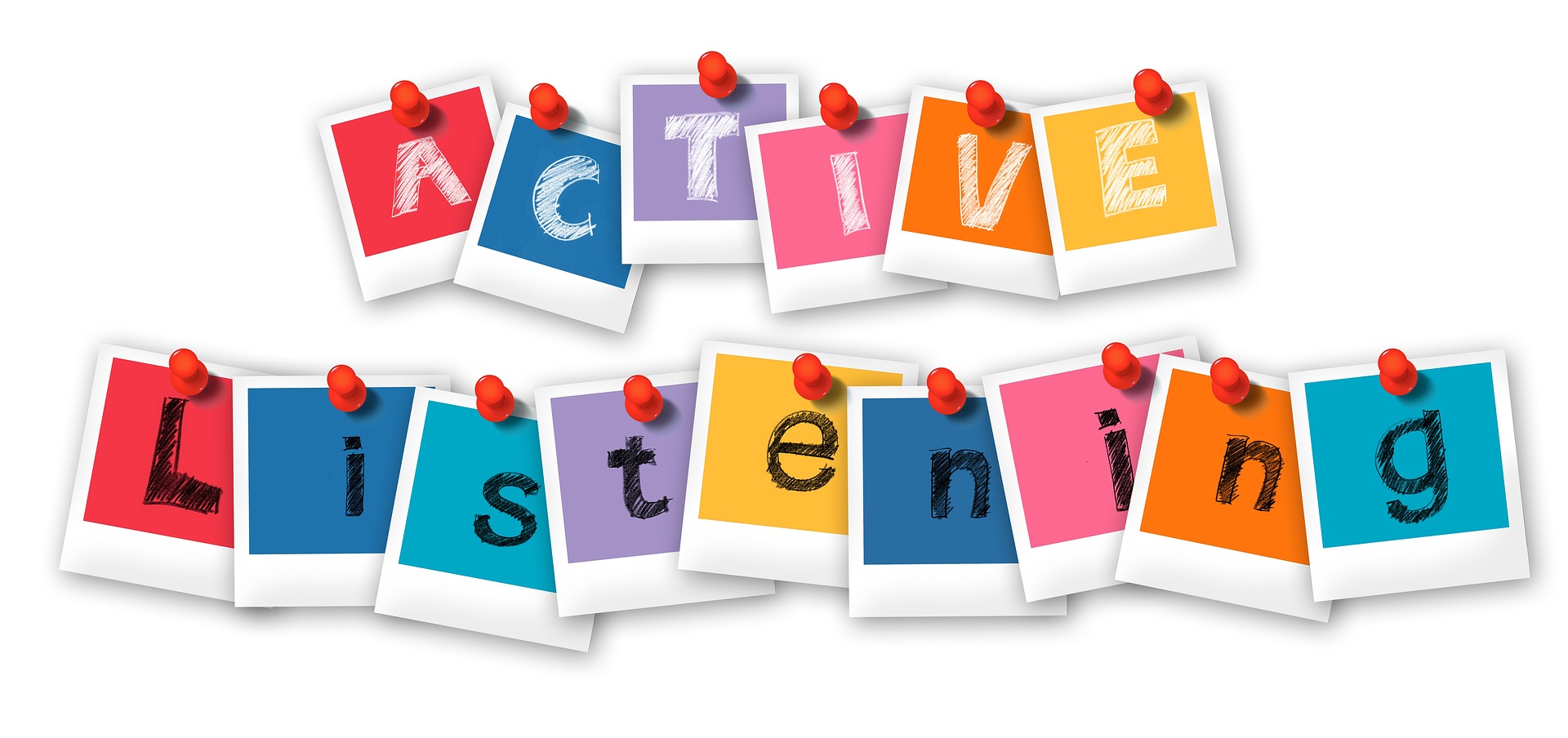This is post 14 of the “Living Fully Alive” Blog Series. Reading the posts in the order they were posted is recommended for the best reading experience.
Up until now we haven’t really been given many tools to use as we unearthed triggers and unprocessed pain from the past. We touched on it a little bit last time with the self-talk. Once we are aware of our triggers, we can identify what lie or false belief is at the core of the emotion. After we know that lie, we can begin to speak truth in place of it. However, none of this is going to get us very far if we don’t receive validation of how we feel.
In the process of making it out of pain, validation is the switch that gets us moving again. When we are stuck in a pain cycle, where there is no validation, we stay stuck in that cycle. Dr. Karl D. Lehman teaches that there is a repeating cycle of pain, which will keep spinning endlessly, unless it gets interrupted by validation.
I think it might be a bit like a broken record that keeps playing the same few seconds of the song. Unless someone nudges the tonearm so the stylus moves on to the proper groove, it won’t move on to the rest of the song. This isn’t going to make sense to many under 40. Records seem to be extinct by now!
Validation can also be a little bit like an epigenetic factor that changes physical conditions in a person. In a nutshell, our bodies are not nearly as genetically locked in place as scientists thought in the past. It used to be believed that if you had a family member with cancer, then you were pretty much genetically doomed to get it too. It has been known for some time now, that having a family history of cancer, more often than not, does not need to be a death sentence for you. Enter epigenetics. There are lifestyle factors and environmental factors that can keep this switch of cancer expression in your body in the off position. Or, if you do end up getting diagnosed, in many cases, there are lifestyle action points that can be introduced to the body, to switch that toxic gene expression back off.
If we look at the pain cycle as a toxic expression of the soul, then validation can be like the broccoli sprouts, or what have you, to the cancer. Invalidation keeps perpetuating the pain cycle whereas validation can switch the soul back to the process of moving through the pain to healing rather than staying stuck.
Attunement is the ability of one person to see another person in pain, to correctly understand their emotional experience, to care about that experience, to share in it and to be happy to be with that person in it. In other words, a person attuned says, “I see you. I understand you. I care about your emotions. I can connect with and join you in your emotions. I am glad to be with you.”
It is a noun that describes what Paul teaches us in Romans 12:15
Celebrate with those who celebrate, and weep with those who grieve.
This helps us feel loved, stops the triggers and allows us to return to logic. This is done in Sozo, when God is invited into the memory and asked to reveal where he was or what he was doing. Inviting someone into the pain is very healing.
Abi mentioned the book The Whole Brain Child. While the book is a parenting book and seems to be geared toward helping teach younger children learn how to process pain, I think it is helpful for any of us, who were not raised with those kinds of skills. Obviously this is helpful for me to read and apply to my kids, even though they are on the older side by now, but I can apply these strategies to any time I am triggered, because doesn’t the trigger come from way back in my childhood years? Most of the time it would.
As most people know, the left side of the brain is the area of logic, and the right side is the emotional side. As we also know from previous posts, when we are children, our right side is the most utilized one and logic is not developed fully to help us make sense of what happened. When a person gets triggered, it’s the right side, the emotional side that is in uproar and needs to be met with emotion to calm it down. Logic cannot fix an emotional trigger because the two are like two different languages of the brain. Once the emotional trigger has been met with emotion through validation, then logic can be brought in the form of truth.
It is important to note that it doesn’t matter if the emotion is based in reality or not. Emotions don’t need to be based on real threats in order to be validated. For instance, and I feel a bit guilty about this, when I see a person freak out because a spider is running towards her, it doesn’t matter that the truth is that this spider doesn’t pose a threat, and that she should just get over her fear. The emotion she is experiencing makes this a threatening experience, her body creates real cortisol to deal with this very real threat. She needs to be validated that this creature freaked her out. Doesn’t matter that it’s tiny and can’t harm her even if it wanted to.
In John 11:3-4, 33-39 we see that Jesus teaches us about this idea.
So his sisters sent a message to Jesus, “Lord, our brother Lazarus, the one you love, is very sick. Please come!”
When he heard this, he said, “This sickness will not end in death for Lazarus, but will bring glory and praise to God. This will reveal the greatness of the Son of God by what takes place.”
When Jesus looked at Mary and saw her weeping at his feet, and all her friends who were with her grieving, he shuddered with emotion and was deeply moved with tenderness and compassion. He said to them, “Where did you bury him?”
“Lord, come with us and we’ll show you,” they replied.
Then tears streamed down Jesus’ face.
Seeing Jesus weep caused many of the mourners to say, “Look how much he loved Lazarus.”
If only logical emotions counted, Jesus should not have cried. He knew Lazarus was going to be raised again. But he was embracing humanity and attuning with the people.
Comparison has been highlighted several times already in this course, and it is mentioned again here. Comparison is the thief of validation. If we compare pain, we will often invalidate ourselves and others.
When we see someone who got triggered, or if we are triggered ourselves, it is an invitation to validate past, unprocessed pain, so we can heal from it and be less triggered next time and the next.
Belittling pain causes gridlock in the pain process. Validation doesn’t mean we have to fix the people who are in pain, it simply means we are allowing them to have their feelings. Pain shuts off relationship. Attunement and validation turn the relational circuit on again so re-connection can take place.
Being a recovering “having-no-needs-is-safer” person, I find it helpful to be taught about some legitimate needs. It is easy enough for me to accept that I have physical needs. I need food, I need water, air, exercise, sun, etc. That is a no-brainer. But hearing that validation is a core human need is very helpful to me. I have gone for so long without feeling validated, it is eye opening that validation isn’t just nice when it happens, but that it is a legitimate need. Another few legitimate needs are to have connection with someone, and having a purpose. It is a must to give myself and others compassion and validation. It is instrumental in helping me feel safe, at peace, understood and loved. The goal of validation isn’t to solve the problem, the goal is to love and to understand. I find this a really helpful reminder. I can’t force people to agree with me, but I sure want them to understand me. Knowing it’s a need explains a lot.
One powerful thing empathy/compassion does, is it beats shame to the curb. It eliminates judgment. Any time someone is judged, they receive the message that they are less than someone else. If you have ever been judged, you would know all about how that feels. When there is empathy, a feeling of separation is also removed, instead we find common ground. No longer are we alone in this but all of a sudden, we find ourselves with an ally in our court. For those of us who are ones on the enneagram, I imagine it is important to set the high standards aside and meet the other person and ourselves, for that matter, where we are at. The Bible tells us so many places to be humble. This is a very important time to be humble, although humility isn’t a robe we hang on a hook at the end of the day, we are meant to wear it at all times.
An important thing to understand about validation, and understanding someone else is that I don’t have to have had the same experience as them. And even if I did, by the sheer fact that we are all unique, no two people are going to experience the same situation the same exact way. What is important is that I can connect to the core emotion. We can do that because all of us have experienced anger, fear, sadness, pain, disappointment, and so forth. When someone tells me their story, all I have to do is think about which of these emotions they must have been feeling. Then I find that emotion in my own life so I can validate what that feels like. Sometimes, maybe even often, it might actually be more than one emotion. I won’t ever feel the same exact thing. Sometimes telling another person “I know what that feels like” can actually back fire. In fact, I got attacked by a “to-remain-un-named” person for not being allowed to say ‘I know what that felt like’ if I haven’t been in that same spot myself. I will be careful in the future not to use that specific phrase or introduce comparison by sharing my closest experience with that emotion in it. Apparently it is not usually necessary to tell an example from how we have experienced that type of situation. It is enough to just show empathy through other compassionate statements. You’ll see a list of options further below. By the way, did you know that giving and receiving compassion releases bonding hormones? I had no idea! How cool is that?
Showing empathy with a person close to me can be more challenging than with someone I don’t know as well. Especially if the other person is having an emotion that I did not in the least set out to trigger. I don’t have a personal example to share here, so I will just share what Justin and Abi shared. It had to do with them being at some kind of conference and Justin, knowing about Abi’s blood sugar issues, tried to serve her by going out and finding food for her, so she could continue staying in the event and enjoy it. He neglected to tell her that was what he was going to do, and she interpreted his sudden absence as abandonment, which was one of her major triggers. When she found out he had gotten food and brought some back, she immediately felt even more left out because she assumed further things while being in her triggered right brain, where logic had no say.
Justin could have (and I know I would have) taken offence, walked away, concluded things like ‘that’s the last time I’ll ever try to do something nice for you’ etc. But being the connected guy that he is, he realized she was having a trigger moment, switched off the logic side and the fact that he was nice and caring and had done something thoughtful for her, and put himself into her shoes. He decided to meet her emotions with emotion. He said, “if that was what I thought you had done, I would have felt upset too. I am so sorry that that is what you thought I did to you. You must have felt alone.” Once he could tell she was feeling heard, he asked her, “would you like to hear what my heart for you was?”
I love this part. Sharing what the intention was. That would disarm me every time. Well, maybe…
When he was able to share his heart with her, he was able to speak to her from the logic place, the place that wanted her to enjoy the conference without crashing from low blood sugar.
The beauty of validation is, as you can imagine, once Abi felt heard, understood and seen, she began validating how he must have felt with her assuming the worst of him. In this way validation actually tends to become contagious. I love that.
Here is a nifty list of sentence openers to help you practice and get used to validating your people, unless of course, you have already been doing this.
A great way to start is with reflective listening, where you say back what you heard them say to you. Then you can continue with phrases like these:
It must have felt…
I imagine that…
I’m so sorry that….
You deserve….
It’s not okay that…
I’m angry that….
I would never want you to feel…
This would be a good time to pause and pick a few people in your life you can practice validating with these starters. You may even want to start by validating yourself in an area where you feel you have not been getting validation from others.
I’d love to hear how your validation practice went in the comment section.
See you on the next post to learn even more about validation.
Living Fully Alive is a course offered by Abi and Justin. They are fantastic teachers. Check out their class here.







